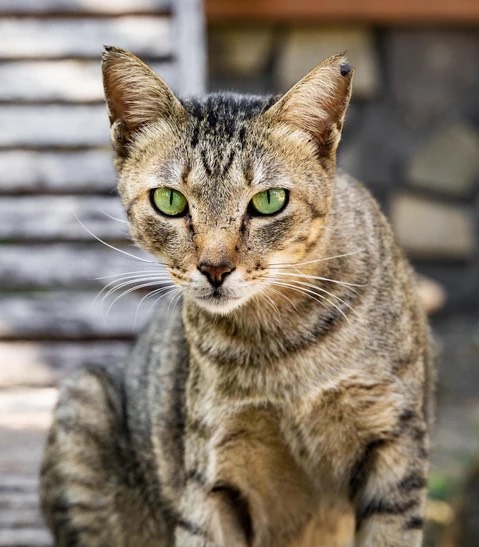
Extremely high and extremely low values for the factors can indicate unease and illnesses. If you’ve determined that your cat is at one extreme in personality, you should make changes in the cats surrounding or see a veterinarian to check for any medical issues. The following examples show you what you can do:
Do you have an extremely shy, scared cat? Then you can create additional retreat/hiding places in the house/apartment. Consider if you really want to let the cat go outside, where other, stronger cats could hurt her. The latter also applies to the cats who have a low proportion of neuroticism. They are at a higher risk of injury and death outside (fights with other cats/accidents with cars).
Is your animal very extroverted? Provide plenty of incentives/extra stimulation so your cat doesn’t get bored. Play with her, create a lot of variety. If your cat is on the other side of the scale and hardly shows any curiosity, is not very active and alert, have it examined by a veterinarian, as illness can be the course.
Dominant cats: It has not yet been fully researched how extreme values for the dominance factor can be used to improve cat welfare. Do you have an extremely influential cat? Then don’t even think about bringing a second cat into the house.
Do you observe that your cat is unpredictable and reckless? If so, adjust your environment so that there are no potential stressors. If you don’t know what is causing the stress in your cat, consult a behavioural therapist for advice. Does your cat show less impulsive behaviour with the implemented changes? That is great, the cat feels safe now.
Is your cat very compatible and friendly? Great, your cat is happy and satisfied. If the characteristics change, the cat becomes irritable or aggressive, you should consult a veterinarian. Your cat might be in pain.
